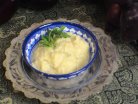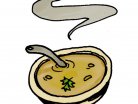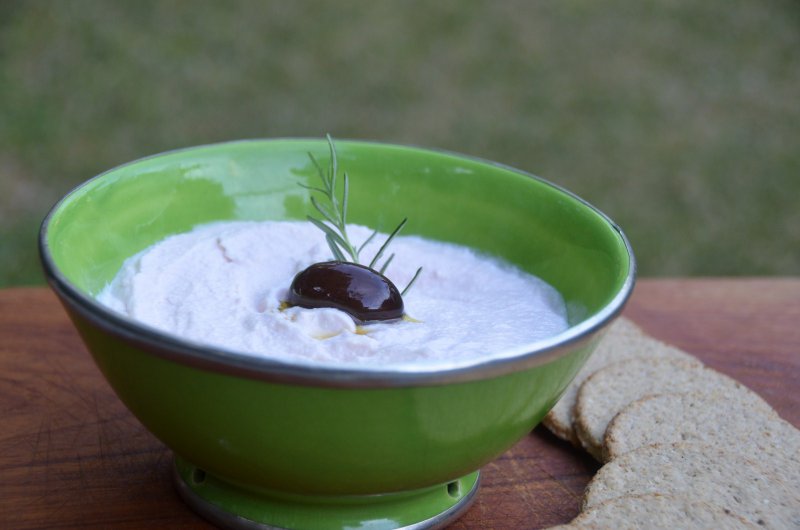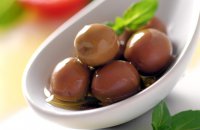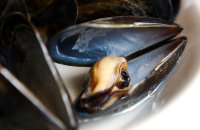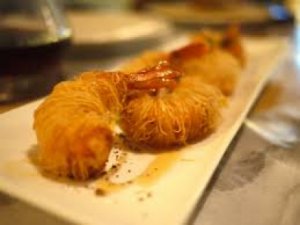Considered to be both a delicacy, as well as a necessity, on the Greek kitchen table, taroma is a term that refers specifically to the tiny beads of salted roe (eggs) from either carp or cod that go into a variety of dishes. Greek cuisine often entails eggs from a broad range of fish species. For example, famous chefs and thoughtful mothers alike sometimes add the ingredient whole in its sac to fish soups, other times pan-frying them, while still other times tossing them with a little olive oil, lemon juice and parsley to make a quick and pungent meze.
Tarama, however, is much more entrenched in the everyday culinary lexicon. There was a time when almost all of the tarama consumed in Greece was culled exclusively from local carp or mullet. Yet nowadays, because so much of the sea's bounty has been depleted, the provenance of this uniquely Greek specialty ingredient is never guaranteed.
There are two types of tarama available commercially: one is white and the other is dark pink in color. White tarama is superior in terms of both quality and taste. The pink tarama began to appear on the market in the 1950s, basically as a marketing ploy that resulted from the misleading idea that food with "color" is more appealing than bland, white ingredients. As producers started adding dye to disguise low-caliber tarama, the mistaken idea that pink tones were an indication of high quality permeated the public consciousness.
Tarama is most commonly used to make two basic, traditional dishes, the best known of which is taramosalata, or roe salad. For centuries, the rich dip-spread has been a staple atop the Lenten table, given that it is a filling non-meat product. Today, Greeks have come to adore this creamy pungent spread so much that it has become standard fare on meze tables all year round and in Greek restaurants all over the world. Its bright pink color is hard to miss.
Taramosalata is essentially a creamy, emulsified spread in which the roe is beaten together (it is best to do this in a mortar with a pestle) either with boiled, peeled potatoes or with bread. Olive oil and lemon juice are added to the mixture in alternating doses. Taramosalata made with potatoes tends to be creamier, although diehard traditionalists insist that bread is the only acceptable base for the spread. Greeks from a wide variety of regions add scallions and garlic to the puree as well. In the north of Greece, almonds frequently form the base, creating a unique and surprising taste. One of the best ways to enjoy taramosalata, especially in the spring, is to savor it with tender stalks of fresh garlic blended into the mix.
The other traditional dish made with tarama is known as "keftedes," or small patties. The tarama is usually mixed with potatoes and herbs, dredged in flour, and then fried. Some taramokeftedes, namely those from some regions of Macedonia, are baked instead.
Recently, tarama has moved beyond its traditional boundaries. Many modern Greek chefs are experimenting with this age-old ingredient, adding it to sauces served with fish. Because it has such a rich and concentrated flavor, little effort is needed to enhance such a sauce. A small dollop of tarama lends a pungent hint of the sea, while remaining a mystery to most diners.
The Delicacy and Necessity of Tarama
Like its cousins caviar and bottarga, "tarama" is the Greek culinary tradition of luxury fish roes.
Country:
Category:
Related Articles
Most Popular recipes




































